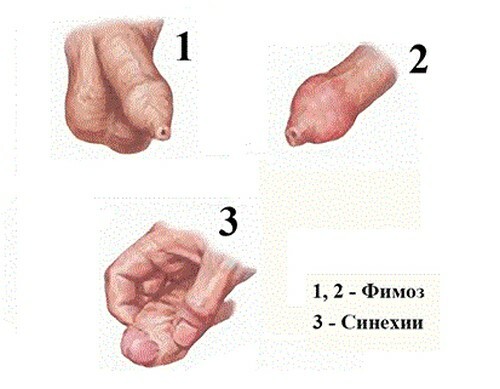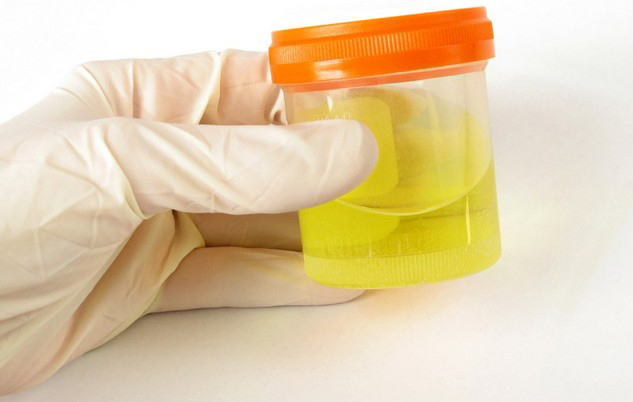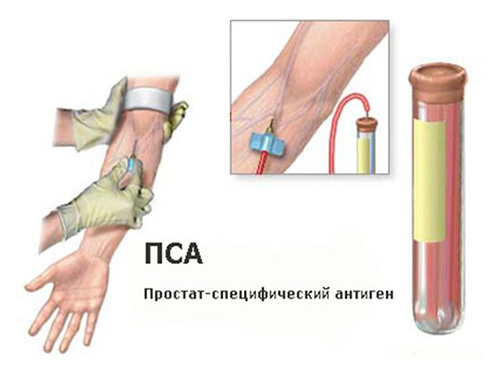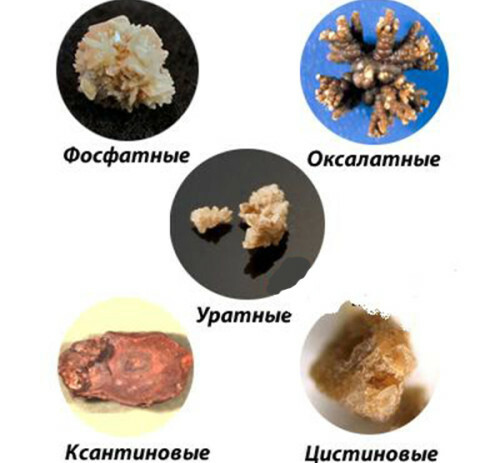Synechia( fusion) of the foreskin: how to treat pathology?
The sinus of the foreskin is a thin spike that connects its inner part with the glans penis. Synechia is found in almost all boys and is considered to be completely normal at the age of 3 years. In most cases, adhesions of the foreskin dissolve independently and do not require any specific treatment.

A distinction should be made between phimosis and forebrain synechia
Contents
- 1 Excursion to the anatomy
- 2 Reasons for
- 3 Diagnosis
- 4 Principles of treatment
- 4.1 Conservative treatment
- 4.2 Surgical treatment
- 5 Prevention
Excursion to the anatomy of
At the age of up to 3 years, the sinusitis of the foreskin is not a diagnosis,but only a statement of fact. Almost all newborn boys have an internal part of the prepuce connected tightly to the head of the penis with special connective tissue strands - synechiae. Nature provides this mechanism to protect the preputial bag from trauma and the entry of pathogens. With age, spikes gradually disappear, increasing the mobility of the head and surrounding foreskin.
Normally the process of resorption of synechia is gradual and painless. At the age of up to 6 years, in most boys the head of the penis is completely exposed. If by 6-7 years this did not happen, it is necessary to consult a pediatrician or a pediatric urologist.
Causes of
In some cases, the sinusitis of the foreskin persists at the age of 6 years. With the partially open head of the penis in the pockets of the foreskin, there is a mixture of a specific secretion of the sebaceous glands, moisture and depleted epithelium. The accumulation of smegma leads to infection and the development of inflammation. The longer the inflammatory process persists, the harder it will be to get rid of the synechia and separate the glans penis from the inner leaf of the prepuce.
Risk Factors:
- Non-compliance with personal hygiene regulations;
- allergic reactions;
- infection of the genitourinary sphere.
Diagnostics
Detecting the presence of thin synechia can be done without any problems at home. In the presence of adhesions, the head completely or partially disappears under the foreskin. The skin of the genitalia is not changed, swelling and redness is not observed. Until a certain age, unresolved spikes do not cause the child any anxiety and do not interfere with normal urination.
Alarming symptoms that need to be addressed:
- swelling of the glans penis and foreskin;
- hyperemia( redness) of the skin of the genital organs;
- pain or any discomfort when urinating;
- urinary retention;
- purulent discharge from the urethra.
The appearance of such symptoms indicates the development of balanoposthitis( inflammation of the foreskin).If the condition worsens, it is necessary to show the child to the doctor. According to the indications, ultrasound of the genitourinary system and other studies are assigned to assess the severity and prevalence of the process. Based on the results of the examination and the performed diagnostics, a plan of treatment and further monitoring of the patient is made up.
Principles of treatment
Normally, resorption of the synechia and exposure of the glans penis occurs to 3-6 years. If this does not happen, you need to contact the pediatrician or urologist. Further tactics will depend on the severity of the pathological process. With timely treatment, there is a very high chance of avoiding complications and avoiding surgical intervention.
Conservative treatment of

The child should be washed daily with warm water, gently removing all contaminants from the skin of the penis
Conservative therapy involves the competent care of the external genitalia. The child should be washed daily with warm water, gently removing all contamination from the skin of the penis. During bathing, it is recommended to gently open the head - gently, without effort and pressure. The procedure should not hurt the child. After bathing, the skin is wiped dry and smeared with baby cream. Such simple manipulations help to gradually move the foreskin and eliminate subtle synechia without harm to the child.
What is important for parents to know?
- Daily hygiene procedures give effect only after 1-3 months. No need to force events.
- All manipulations are carried out very carefully and carefully. Traumatization of the prepuce can lead to the development of inflammation and slow the recovery.
- To treat the foreskin, antiseptics( chamomile broth, aqueous solution of miramistine or chlorhexidine) can be used. It is not recommended to wash with potassium permanganate preparations( manganese) - you can get a burn of tissues, followed by scarring and the formation of coarse adhesions.
- Before carrying out the procedures, consult a physician. In some situations, surgical treatment is indispensable.
Drug therapy is prescribed for the development of balanoposthitis. Cope with the infection and remove the focus of inflammation will help antibacterial drugs. The choice of a specific antibiotic will depend on the pathogen and the severity of the child's condition. Prior to the abatement of the inflammatory process, no other interventions are carried out.
Surgical treatment
The operation to remove adhesions is performed at the age of 10-12 years. Before reaching this age, it is likely that the synechia will disappear on its own without surgery. Earlier excision of adhesions can lead to the development of inflammation and rapid recurrence of the disease.
The operation is performed under local anesthesia. During the procedure, the doctor excludes the synechia and creates conditions for the free movement of the prepuce. After the operation, anti-inflammatory drugs are prescribed for 7-10 days. If you do not provide proper care for the postoperative zone, you can provoke the development of inflammation with further scar formation and relapse of the disease.
Prevention
How to prevent the emergence of sinesh infestation?
- Observe the rules of personal hygiene.
- Daily wash away with warm water external genitalia.
- Timely treatment of any diseases of the genitourinary sphere.
The sinhia of the foreskin is not a catastrophe. Thin spikes usually disappear on their own at the age of 3 to 6 years. If by 7 years the problem remains and causes some discomfort, it is necessary to show the child to the urologist and undergo a examination with a specialist.
Read: How does phimosis manifest in boys and men?
Recommended for viewing:



